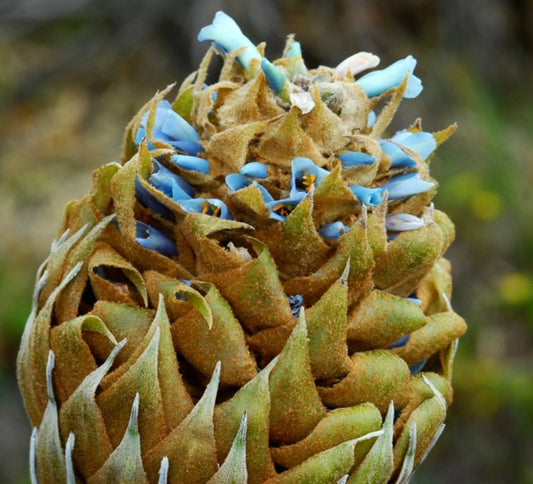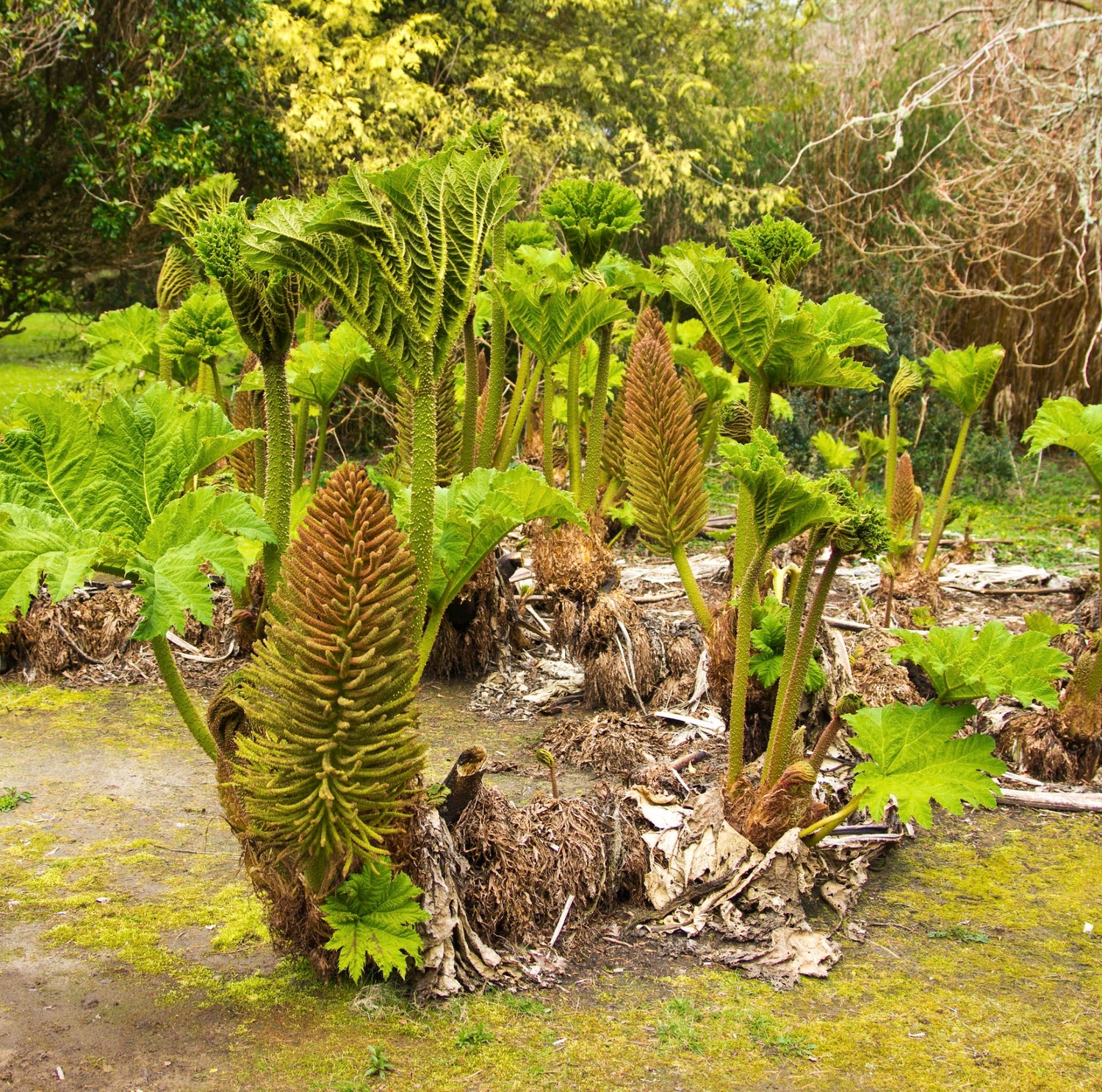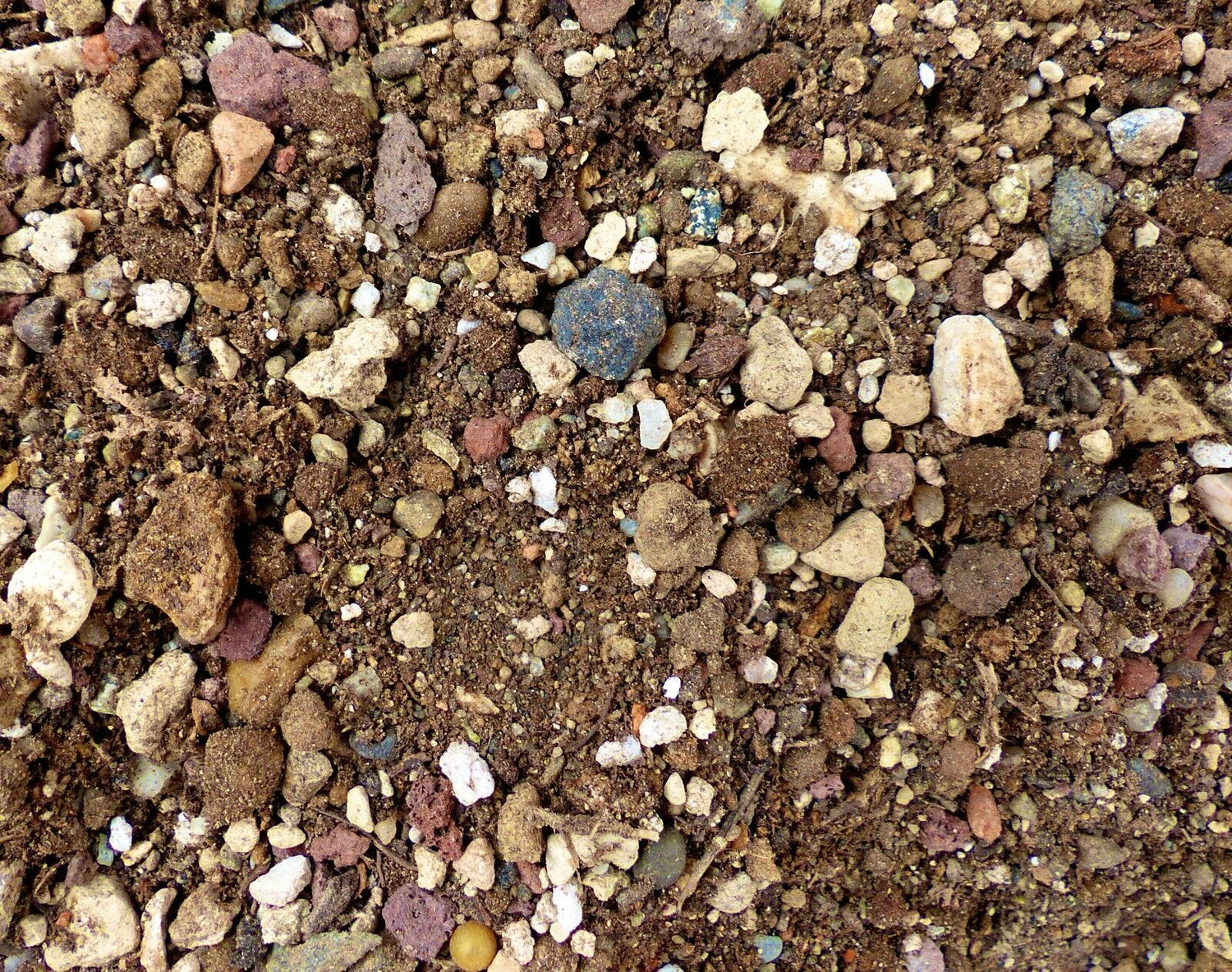Collection: Puya
Puya: The Striking and Resilient Bromeliad Genus
What is Puya?
The Puya genus belongs to the Bromeliaceae family and includes terrestrial bromeliads native to South America. These hardy, drought-resistant plants are known for their spiky foliage, impressive flower spikes, and unique adaptation to arid environments. Among the most notable species are Puya raimondii, the largest bromeliad, Puya alpestris, with its striking turquoise flowers, and Puya berteroniana, another eye-catching ornamental species.
How to Grow and Care for Puya
Growing Puya requires well-drained soil, full sun exposure, and minimal watering. These plants are highly drought-tolerant, making them perfect for xeriscaping, rock gardens, and dry landscapes. Some species, such as Puya raimondii, take decades to bloom but produce spectacular, towering inflorescences.
Puya in Landscaping and Ornamental Use
Due to their unique appearance and low-maintenance requirements, Puya species are widely used in desert gardens and botanical collections. Their architectural growth habit adds a dramatic touch to landscapes, while species like Puya alpestris are cultivated for their vivid blue-green flowers.
Common Issues and Maintenance Tips
While Puya is generally pest-resistant, its sharp spiny leaves require careful handling. Overwatering can lead to root rot, so ensuring proper drainage is essential. These plants prefer poor soils and thrive in neglected conditions, making them ideal for low-maintenance gardening.











